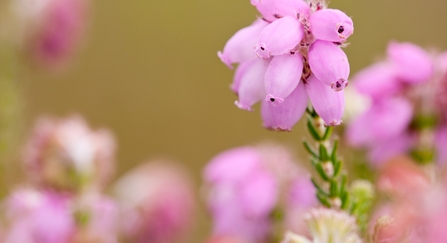Imagine living a thousand years and all the stories you could tell. Well, Little Woolden Moss has been around for thousands of years, and it has seen a lot. This lowland raised peat bog is one of the few fragments of peatland remaining from the once vast peat bog, stretching across 20km2 of Greater Manchester, known as Chat Moss.
Forming after the last Ice Age, circa 8,000 years ago, Little Woolden Moss has seen two World Wars, the last when it was lit up to act as a decoy for German bombers heading for Manchester. But it was industrial peat extraction that nearly saw its destruction, until The Wildlife Trust for Lancashire, Manchester & North Merseyside bought the site and embarked on its restoration back in 2012.


